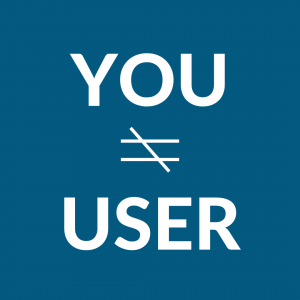Research
During the research phase, the product team gathers information about the problem, user needs, and past experiences and attempts by others to solve the problem. You can use a range of qualitative and quantitative research methods, such as:
- User interviews
- Observations
- Focus groups
- Surveys
Through your research you will work to understand people’s goals, needs and behaviors as they relate to the product or service.
Start with a research plan. This should include a summary of what you want to learn, how you want to learn it, and questions you want to find the answers to that will assist you in designing your product or service. If you’re working with a team, the group should come together to brainstorm research questions and decide as a group which questions should be prioritized.
Here are some templates to help you conduct your research:
- Use the Stakeholder Identification template to figure out who you should gather feedback from
- This Interview Checklist will help you plan your user interviews
- Here are some tips for conducting great interviews
Comparing past or current experiences between other agencies can help you find opportunities, gaps, and potential design patterns to adopt or avoid. You can do this research by connecting with your peers in other cities. There are many local government networks and communities where you can connect with peers. One network is ELGL; members have access to a private Facebook group where you can get real-time, instant feedback from other cities.
Understanding User Needs
The key to product management research is understanding what people need, and centering your solutions around these needs. User-centered research helps you create products and services that are more likely to be used, lead to better outcomes, and are less costly.
‘User needs’ express people’s goals, values and aspirations. They are the things people need from a product or service to do something. -mygov.scot
User interviews are one of the best ways to understand people’s needs. It’s important to take good notes, actively listen, and put your own opinions and assumptions aside.

When designing a product, it’s easy to assume that everybody is like you. However, this leads to a strong bias – the false consensus effect – and often leads to an inefficient design. You know a lot about your services and may prefer a certain design, but your users have different attitudes and goals, and just want to get things done simply. To avoid this bias, you need to learn about your users, interact with them, and involve them in the process to create a product that is right for them.
Good user research is inclusive and considers accessibility, language needs, and anonymity where appropriate. During your research phase you should start to identify metrics that can be used to measure success. You’ll further refine this later when you get to the Measure phase.